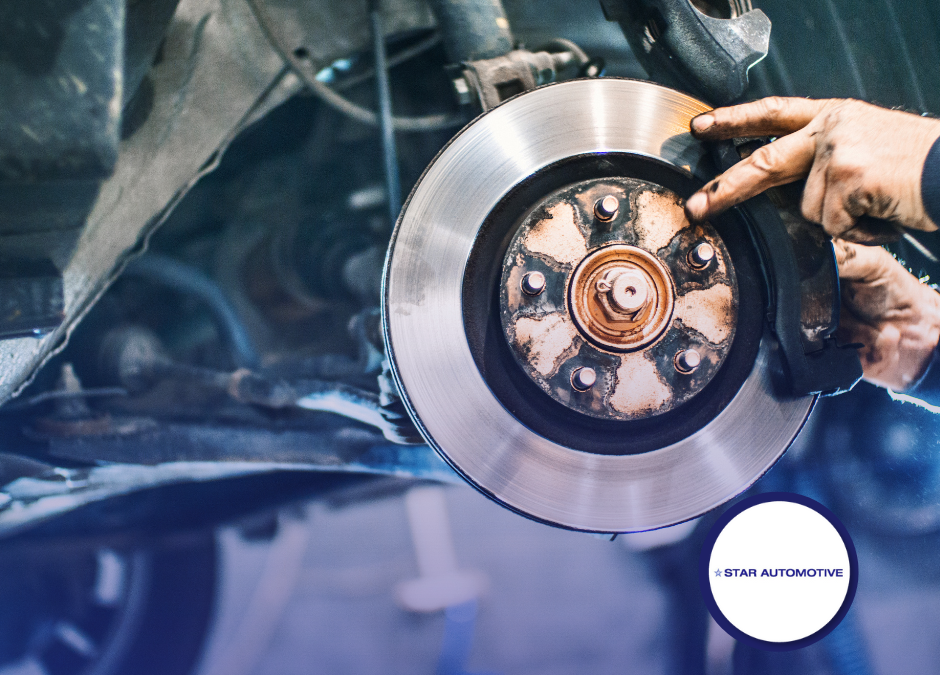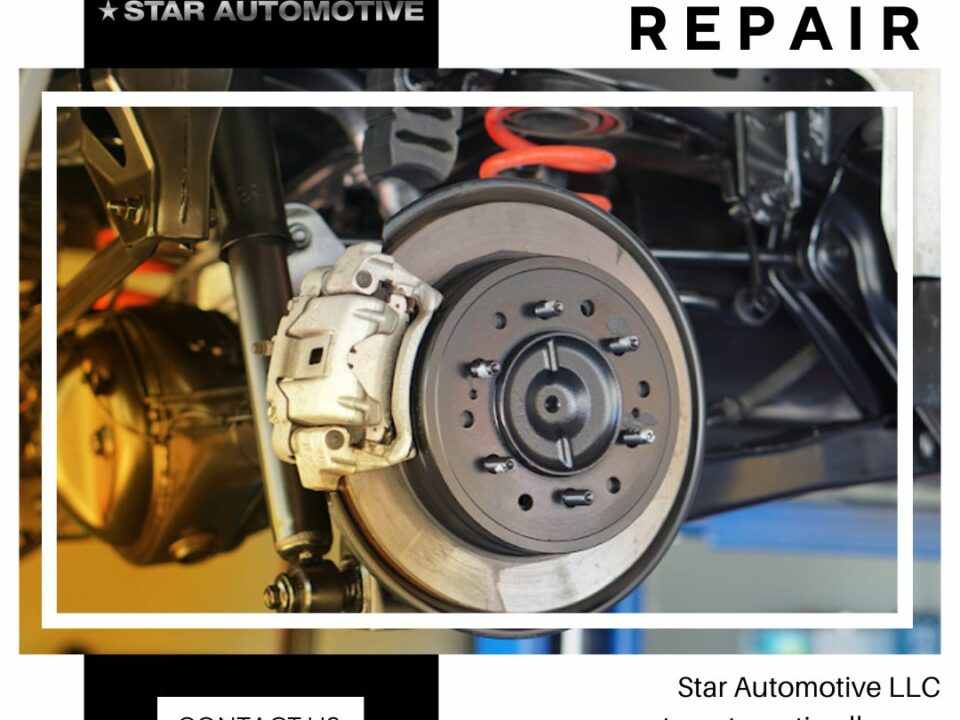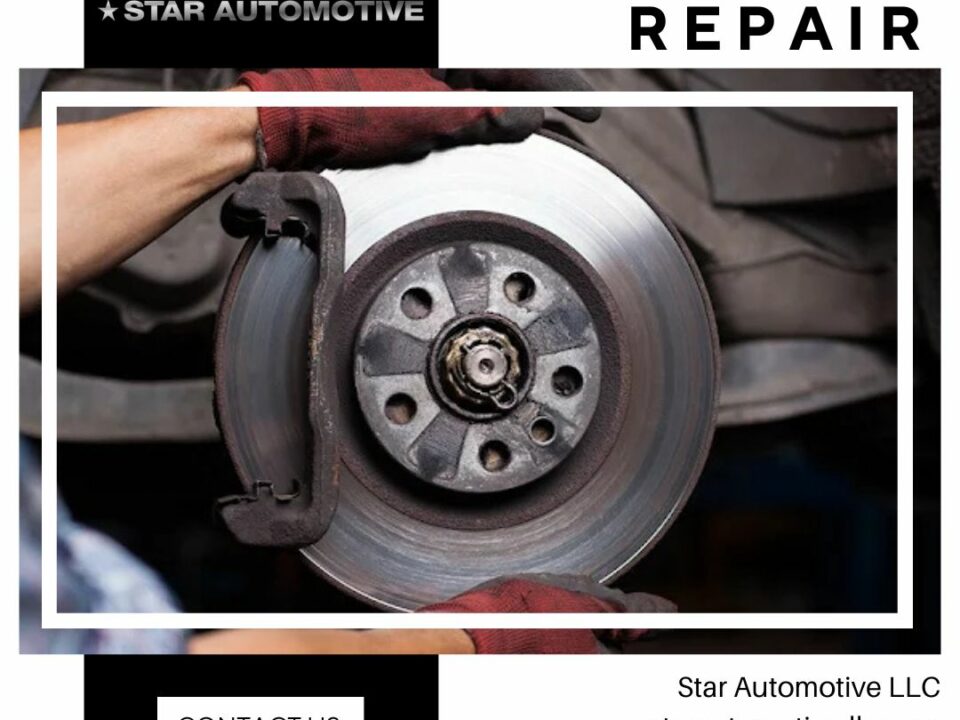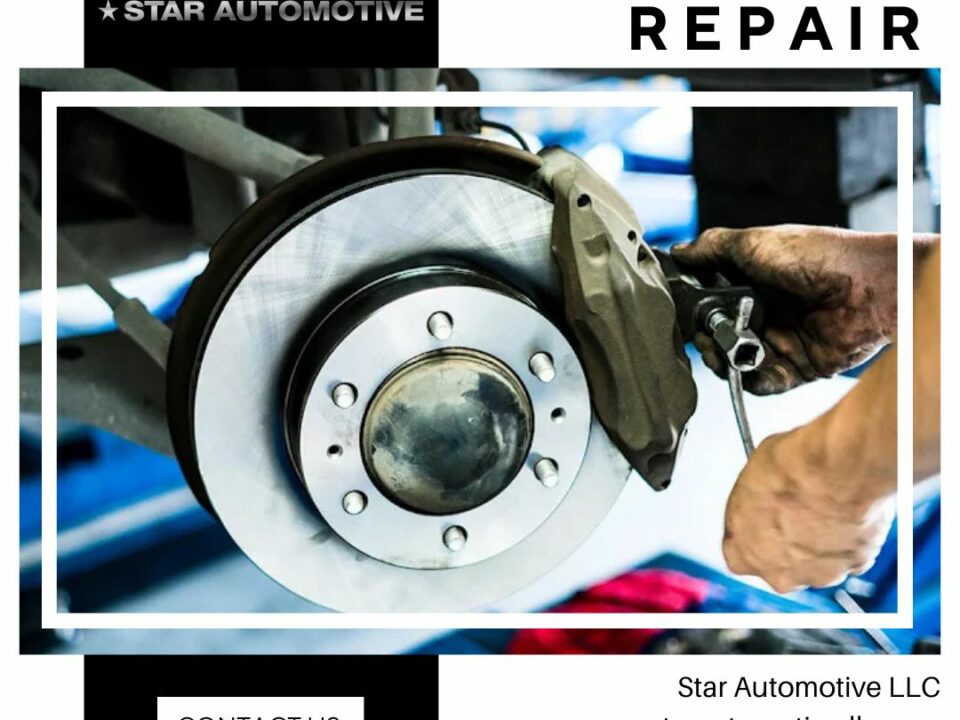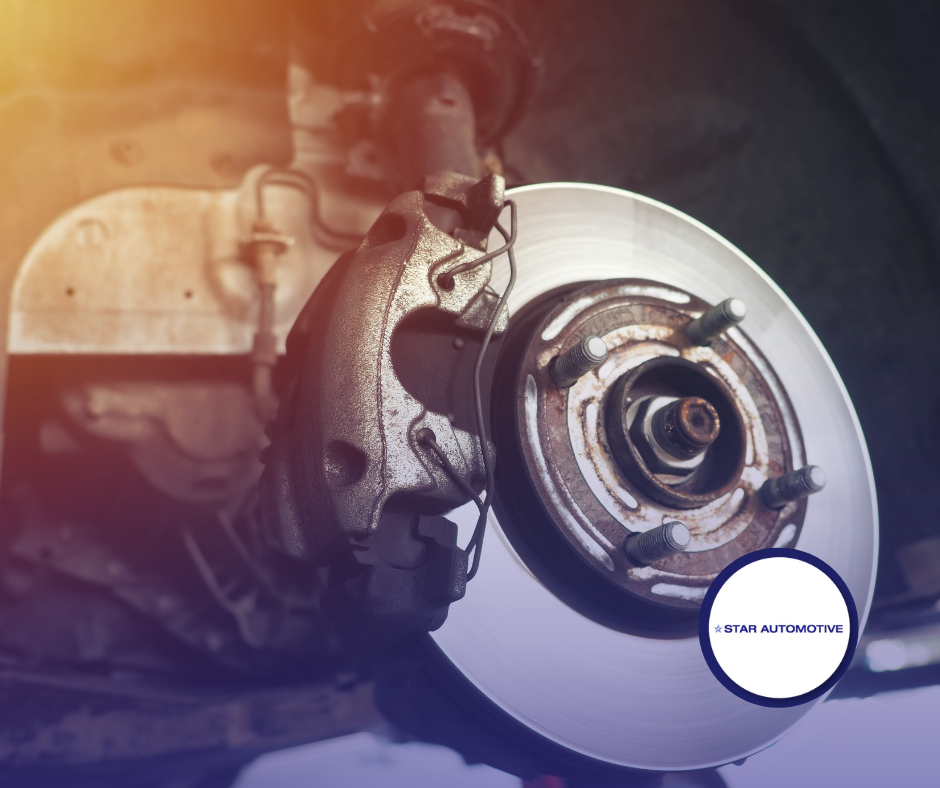
The Essentials of Car Brake Systems: Understanding How They Work
January 9, 2024
Decoding Brake Problems: Common Symptoms and Solutions
January 9, 2024In the realm of automotive engineering, the transition from drum to disc brakes marks an important evolution that has significantly enhanced vehicle safety and performance.
This shift is a testament to the relentless pursuit of technical innovation within the industry. Initially, automobiles were fitted with drum brakes, a mechanism that, although effective, was fraught with limitations.
The advent of disc brakes offered a more efficient, reliable, and heat-dissipative solution, marking a substantial advancement in braking technology.
As we navigate this journey from past to present, we invite you to join us in understanding the intricate mechanics and engineering breakthroughs that have shaped contemporary automotive brake systems.
The Early Era: Drum Brakes
In the early era of automotive brake systems, drum brakes emerged as the first significant step towards enhancing vehicle safety, marking the inception of an evolution that would transform the landscape of vehicular technology.
This rudimentary yet effective system consisted of a drum and a set of shoes which generated friction to retard the rotation of the wheel, ultimately slowing down the vehicle. The mechanic simplicity of drum brakes, coupled with their cost-effectiveness, resulted in widespread adoption across the industry.
However, they had limitations, such as susceptibility to fade under heavy use, due to the heat generated within the enclosed system.
Thus, while drum brakes signified an important milestone in vehicle safety, they were merely the starting point, paving the way for more advanced braking technologies.
Transition to Modernity: Disc Brakes
As the limitations of drum brakes began to surface, the automotive industry set about transitioning to a more modern, efficient, and reliable system: disc brakes. Disc brakes, composed of a rotor attached directly to the wheel and a caliper to create friction, offered significant advantages:
* **Improved Heat Dissipation:** Disc brakes dissipate heat more efficiently, preventing brake fade.
* **Better Wet Weather Performance:** Unlike drum brakes, disc brakes don’t trap water.
* **Less Complicated Design:** Disc brakes have fewer parts, simplifying maintenance.
* **Enhanced Stopping Power:** Disc brakes provide greater braking power, improving safety.
This transition marked a significant leap in automotive technology, offering drivers enhanced control, durability, and performance.
Our collective journey towards safer, more reliable vehicles continues, and disc brakes remain a fundamental part of that evolution.

